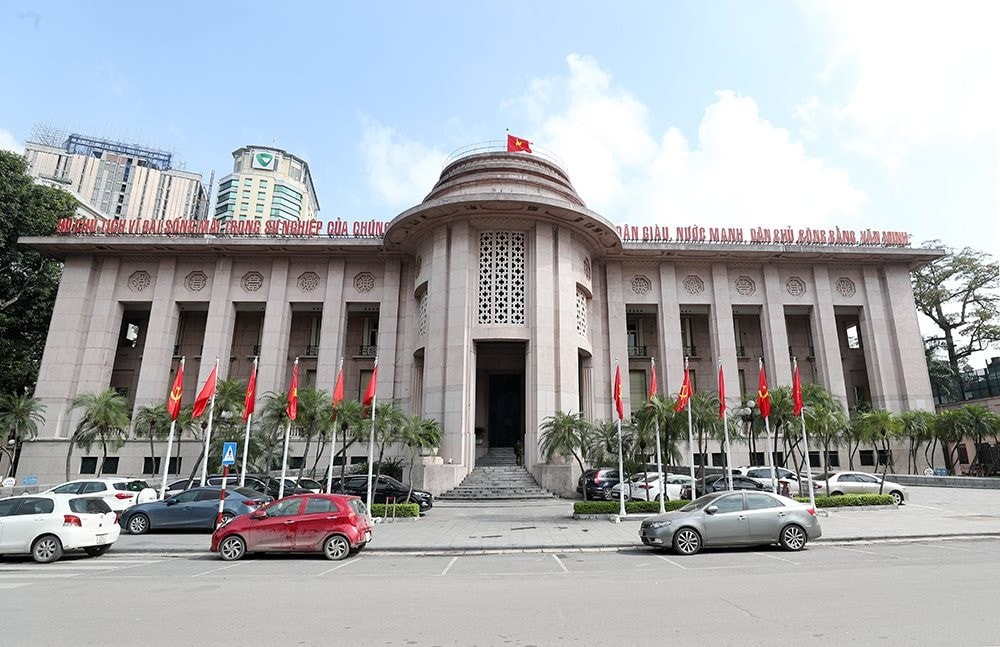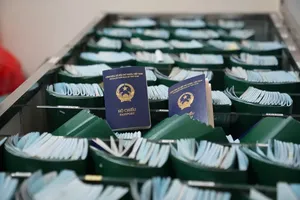
Accordingly, the SBV has instructed credit institutions to strictly adhere to the Governor’s directives on key tasks for the banking sector in 2025, thereby contributing to macroeconomic stability, curbing inflation, and supporting the national goal of achieving GDP growth of 8 percent or higher.
Credit institutions are required to synchronously implement measures to reduce deposit interest rates, thereby creating room for further cuts in lending rates.
The SBV also emphasized that credit growth must be conducted safely and efficiently, focusing on channeling credit into production and business sectors, priority industries, and key drivers of economic growth. At the same time, credit institutions must tighten control over lending to high-risk areas, strengthen communication efforts, guide customers on interest rate reduction policies, and promptly and fully disclose information to facilitate customers’ access to bank credit policies.
For local SBV branches, the central bank instructed them to guide credit institutions in their respective areas to stabilize deposit rates, strive to lower lending rates, and ensure full and transparent disclosure of lending interest rates and concessional credit programs (if any), thereby enabling customers to easily access and verify relevant information.
In parallel, local branches must closely monitor interest rate movements, both for deposits and loans, and direct inspection and supervision teams to oversee the implementation of the Government’s and SBV’s policies on interest rate stabilization. Any issues beyond their authority must be promptly reported to the SBV Governor.
The SBV will continue to closely monitor trends in deposit and lending rates, as well as the publication of lending rates on the websites of credit institutions. It will also intensify inspection and supervision of the implementation of the Government’s and SBV’s directives regarding interest rate management across the banking system.






)

)















